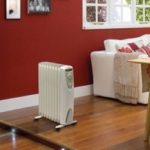Which heater is better to choose: infrared or oil
In the existing variety of types of heating equipment is not so easy to navigate. Which heater is better to buy: infrared or oil? This question is relevant for many who are going to buy equipment for heating an apartment, a country house or a small cottage. To make a choice, let's understand how they work and on what basis they work.
Content
What are infrared heaters
A distinctive feature of infrared equipment is the fact that it heats not the surrounding airspace, but everything that turns out in scope infrared rays: the floor, walls, objects, people. And already warm surfaces heat the air, creating a cozy atmosphere in the room with a comfortable temperature. The sun works the same way. Therefore, this heating equipment is called “the indoor sun” (for more details, see the articleprinciple of operation of the heater with infrared radiation).
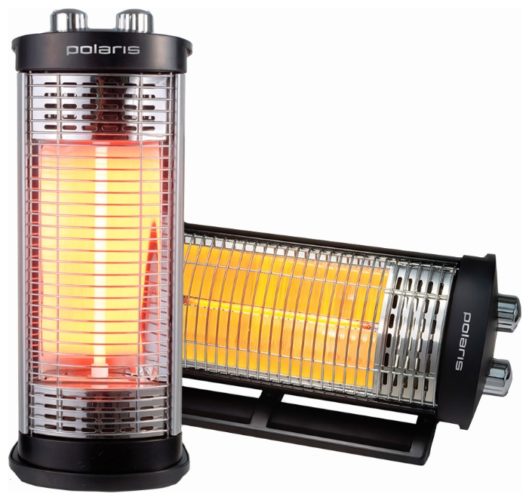
How does
The design consists of:
- The steel case, which is outside covered with heat-resistant enamel, and on the inside - with an aluminum reflector.
- Heating element
- Thermostat to regulate temperature.
- An overheating sensor that automatically shuts off the unit when the critical temperature is reached.
Types of devices
Depending on the type of energy used, infrared heaters are:
- electrical;
- gas;
- diesel.
The method and place of installation are distinguished:
- Mobile - easily portable from place to place.
- Stationary - in most cases, dimensional and installed in one place.
Stationary, in turn, are divided into:
- floor standing;
- ceiling;
- wall mounted;
- suspended.
Advantages and disadvantages
Among the advantages over other types of heaters include the following:
- Accelerated space heating.
- The whole room does not heat up, but only that part of it that is in the range of infrared radiation (which is very convenient if it is necessary to heat a specific zone).
- Silent work.
- Environmentally friendly - no oxygen is burned.
- Comfort of operation.
- Ease of installation and disassembly.
With the undeniable merits of the existing infrared heaters have a single, but very significant drawback - very high cost.
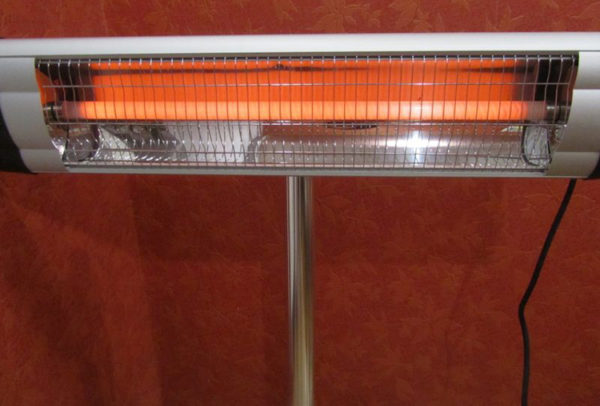
Application area
Infrared heater can be used as a primary or an additional type of heating. He successfully copes with his function everywhere: in the apartment, and in the country, and in a large country house. It is also used for heating offices, cafes, restaurants, industrial premises; participates in production processes when it is necessary to maintain a certain temperature regime.
How to choose the optimal model
So, having familiarized with IR heaters, having learned all about its advantages and disadvantages,You can safely choose the most suitable model for your conditions.
For living quarters and offices it is better to choose a device electric type:
- Determine the type of unit: portable or stationary. The convenience of a portable device is obvious - the ability to transfer from one room to another or transport to the country. Check whether the floor-mounted appliance is equipped with an overheat protection system and a trip-out disconnection sensor. The stationary device is convenient because it does not take place in a room installed on the ceiling or attached to a wall; it will not interfere with the cleaning of the room.
For the children's room, the ceiling option is recommended as the safest.
- To pick up the device with a suitable power, which is determined from the calculation: for every 10m2 area - 1 kW.
- Often, a good product appearance can say a lot about quality. You should pay attention to how the case looks like, whether it is strong enough, the thickness of the cable, the quality of the manufacture of the plug.
For heating open spaces apply IR heaters of gas or electric type - thermal umbrellas, that will not freeze at a winter picnic,will provide excellent protection to plants from the fierce winter frosts. The radius of heating of such a thermal umbrella reaches from two to five meters.
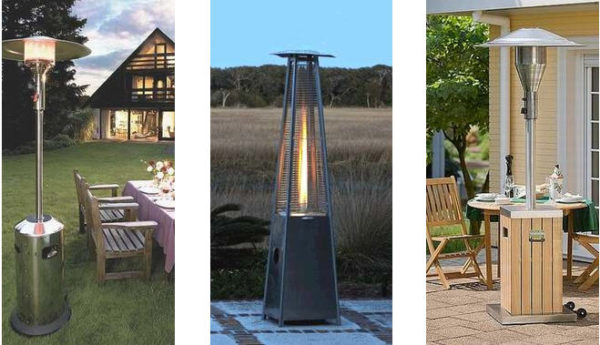
What is an oil heater
The first oil radiators, they are also called so, began to be produced from the middle of the last century. Their modern descendants have greatly changed, finding a stylish look and a number of additional functions. Due to the high level of reliability, they are very popular.
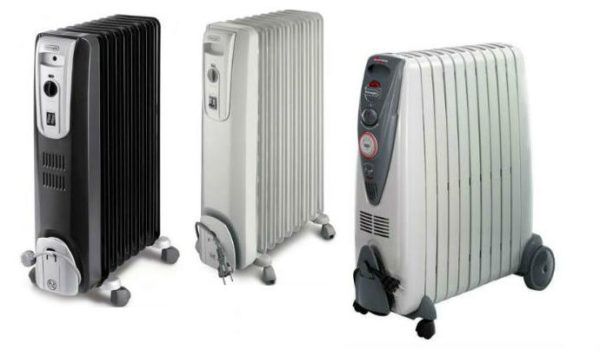
How does
The design is very simple: it consists of a metal reservoir filled with mineral oil. Inside the tank, in the oil, is a heating element (for more details, see the articleabout the features of the device of oil heaters).
To control the temperature, the device is equipped with a rheostat (a special power regulator).
In modern models there are:
- Built-in electrical protection against overheating - when a certain temperature is reached, the device automatically shuts off.
- A timer that will turn on the device at the appointed time, saving kilowatts of electricity.
- Sensor deviations from the horizontal, disabling the heater when overturning.

Types
There are two types of instrument:
- Panel having a tank for oil in the form of a single flat panel.
- Sectional, consisting of similar sections having a common heating element (pictured above).
Sectional radiators have a large working surface, and panel - take up less space if they are placed along the walls. There are also outdoor and wall mounted models.
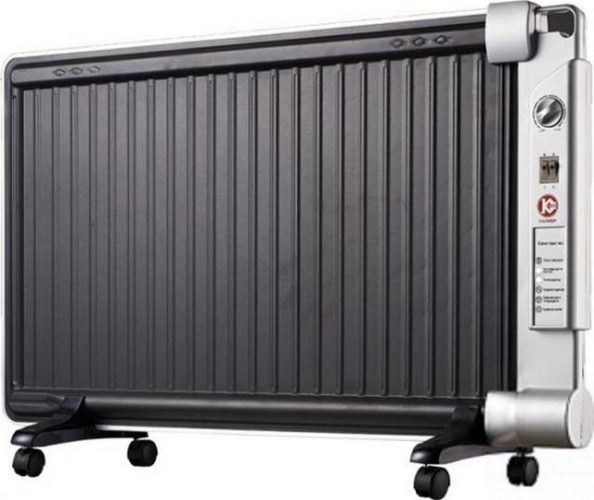
Advantages and disadvantages
Among the advantages of oil radiators, you can specify:
- high degree of reliability provided by simplicity of design;
- security;
- low price;
- silent work;
- slow cooling after turning off;
- the mobility allowing to move easily the device from the room to the room.
Disadvantages:
- Long warm-up after switching on: from 30 minutes to an hour.
- Strong heating of the device leads to the heating of the surface of the device to 100 ° C and above, which represents a great danger to young children and pets.
- The bulkiness of the device.
How to choose the optimal model
To calculate the optimal power of the oil heater, use the rule common to all such devices: for every 10m2 area - 1 kW of power.
The power produced by oil radiators varies in the range of 1-2.5 kW.
Operation and maintenance of heaters
The rules of operation and maintenance are the same for all types of heaters:
- It is strictly forbidden to dry things on the included radiator! If you need to dry clothes, lay things on top, but first unplug the device from the network.
- Do not use the heater as a coat hanger or cover it with things. This will make it difficult to ventilate the air, which can lead to a breakdown of the apparatus and, consequently, to a fire hazard situation.
- Do not leave the machine turned on near flammable things.
- It is recommended to install the included device at a distance of at least 50 cm from objects.
- Keep the power cord away from the hot surface of the device..
- To keep the device clean, wipe it from dust with a soft, dry cloth, but only when it is turned off and cooled down.
- Floor heater should only be operated in an upright position.
Conclusion
After reviewing the technical characteristics of infrared and oil heaters, their advantages and disadvantages, one can understand that both types are really good. The decisive word - for financial opportunities and your personal wishes.

/rating_off.png)






